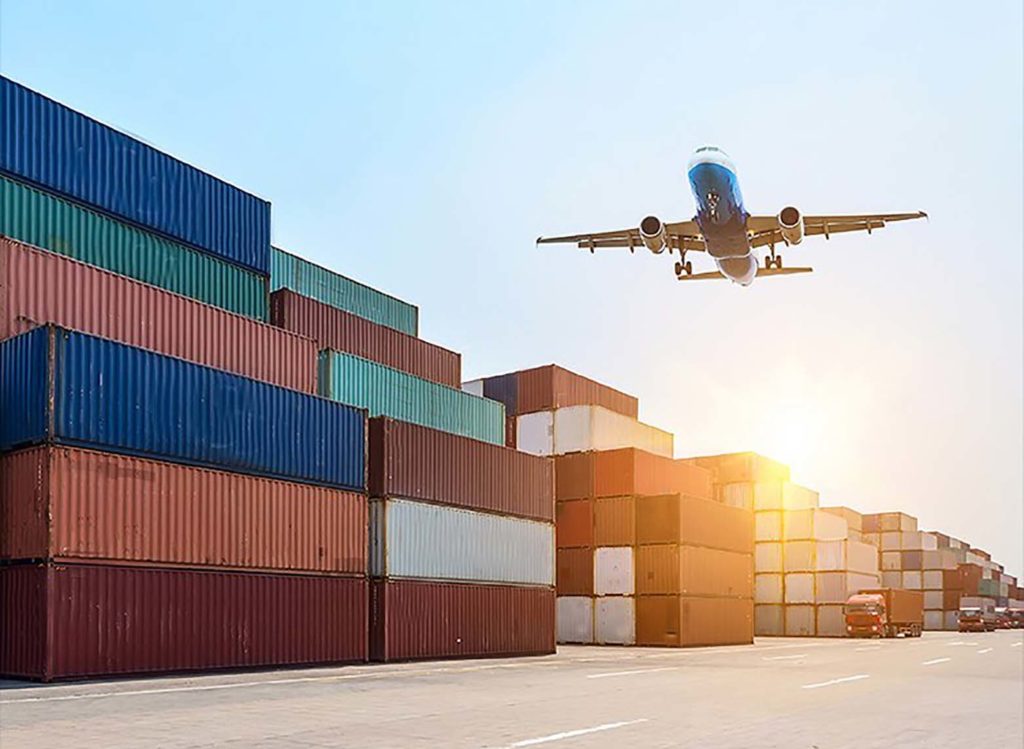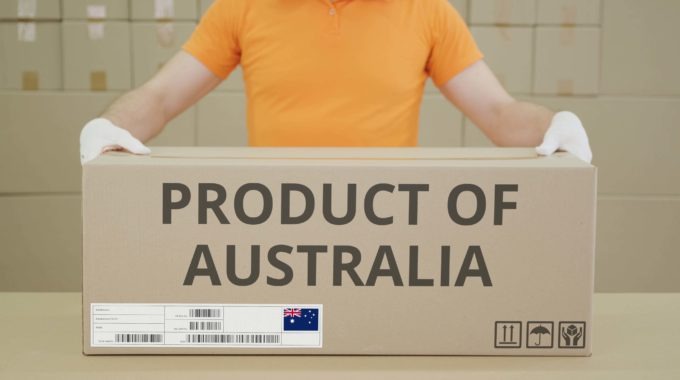Aussie exports: obstacles & opportunities
Our exporters are facing challenges that are unprecedented in scale and coming from multiple fronts. COVID-19 might soon be under control with the vaccine roll-out, but the Export Council of Australia (ECA) says global supply chain conditions will remain difficult in the immediate term. Other issues that may prove even more problematic include geo-economic competition and application of border taxes to address climate change.
In its Trade Policy Recommendations 2021 paper which addresses key international trade issues, the ECA advises the government to focus its “diversifying trade” efforts at small-and medium-sized exporters, as that’s where it will get the best return for its investment.
The report states that resilient global supply chains should be viewed as a national security issue, and will require strategic partnerships with relevant countries and governments.
Our nation can also demonstrate to the world how “inclusive” trade can work, including by building the capabilities of and creating opportunities for Indigenous businesses to export.
“The opportunities are before us,” the ECA says in a statement. “However, we must take appropriate and decisive action. Business and government can work together to realise a competitive and sustainable future.”

Making it easier for ag exporters to do business
The federal government has commenced a new legal framework for Australia’s agricultural exports, which aims to streamline the way farmers, other primary producers and exporters do business with trading partners. The legislation comes after extensive consultations with producers and exporters, trading partners and state and territory governments.
“Removing unnecessary regulatory burden is fundamental if we want to crack into new markets and grow existing ones,” says Minister for Agriculture David Littleproud. “The streamlining of this export legislation will reduce complexity, duplication and ambiguity, making the new legislation easier to understand, administer and use.
“It will continue to ensure exported goods meet importing country requirements, maintain supply chain traceability and compliance with government and relevant industry standards.”
The Australian Bureau of Agricultural and Resource Economics and Sciences expects the combined value of agriculture, fisheries and forestry exports to be $49.2 billion in 2020–21.









